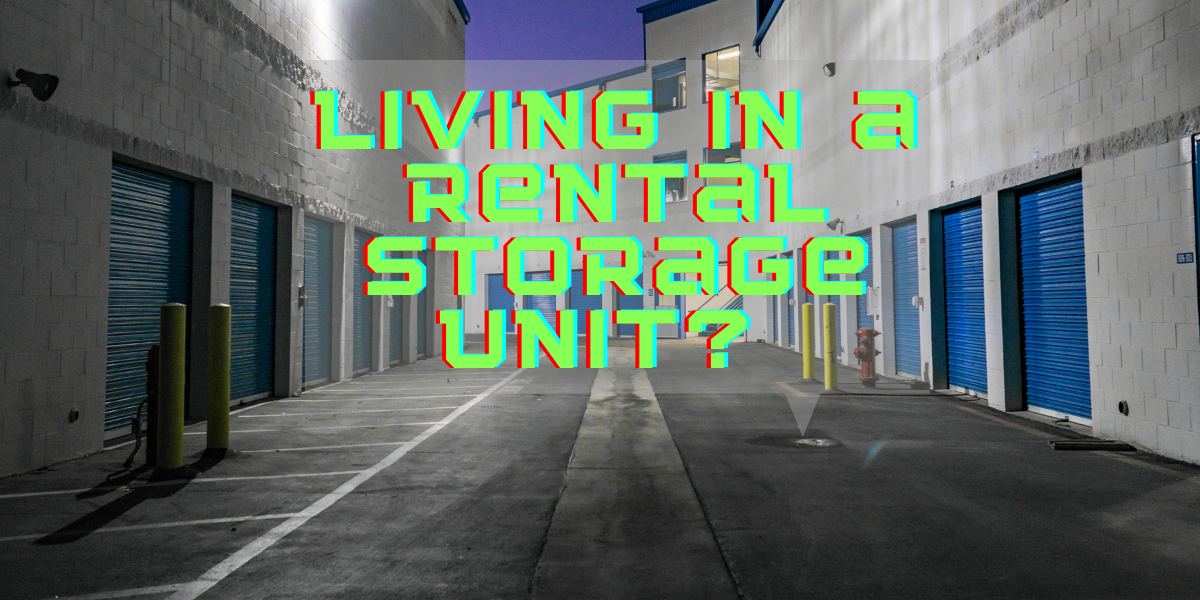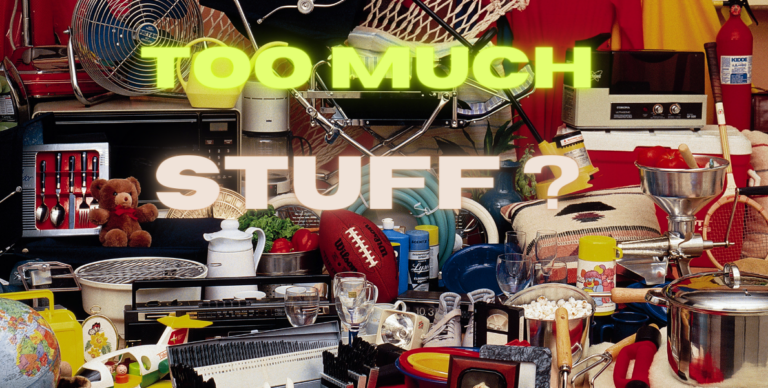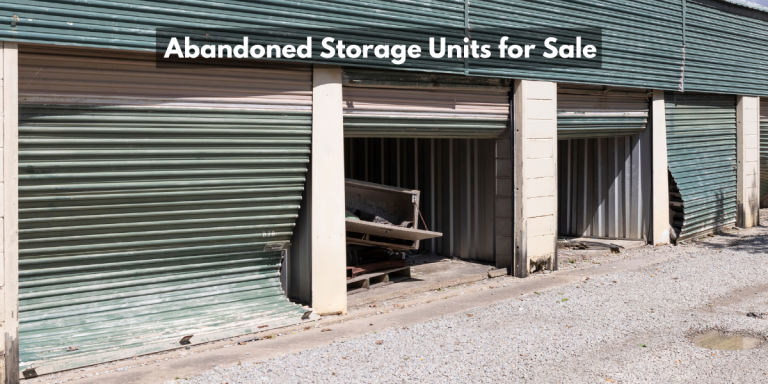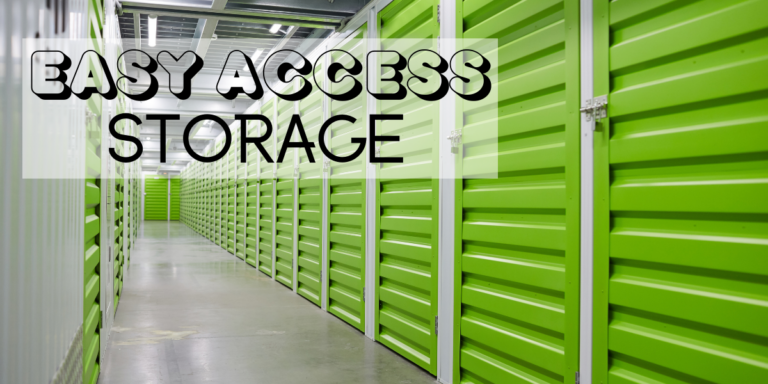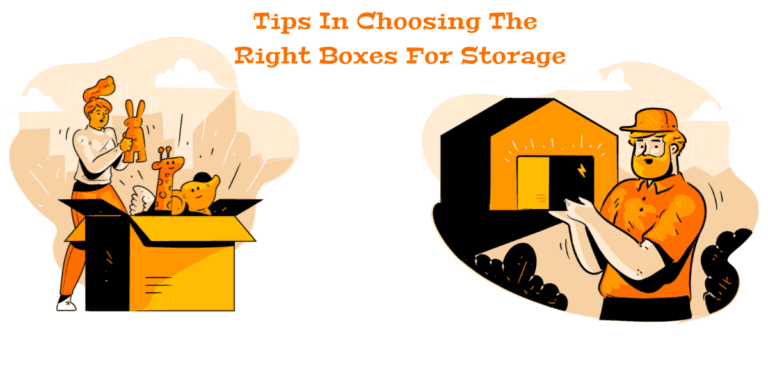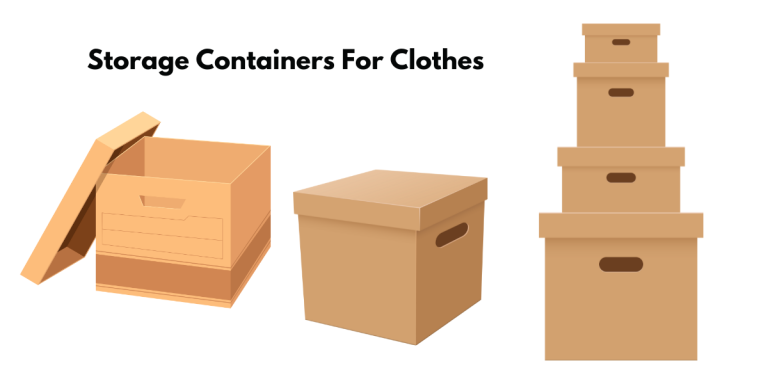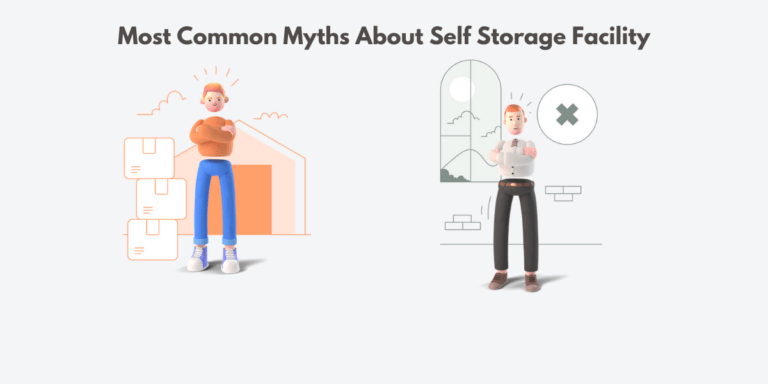10 Dangers of Living in a Storage Unit
What is a self-storage unit?
A self-storage unit is an indoor storage option that provides controlled temperature and humidity levels.
It is ideal for the long-term storage of valuable belongings, especially in areas with extreme temperatures.
The unit will also provide security features such as locks, video monitoring, and in-person surveillance to protect your items.
Also, self-storage units often offer 24-hour access, weekend availability, discounts, and online specials.
However, it is important to be aware that storage units are meant to store only household and business goods, not flammable, hazardous, or alive items.
Is it legal to live in a storage unit?
Is it legal to live in a storage unit? No, it is not legal to live in a storage unit.
For one, it violates the tenant’s lease agreement and could lead to civil offenses.
Additionally, it presents serious health and safety risks as there are no smoke alarms, storage unit doors aren’t designed to be opened from the inside, and the building is not zoned as a residence.
Furthermore, living in a storage unit is unsanitary as there is no running water or place to use the bathroom, wash your hands, or shower.
Lastly, the tenant could end up in jail if they are caught living in the storage unit, and if children are involved, they may be taken away from the tenant by Child Protective Services.
For these reasons, living in a storage unit is not advised.
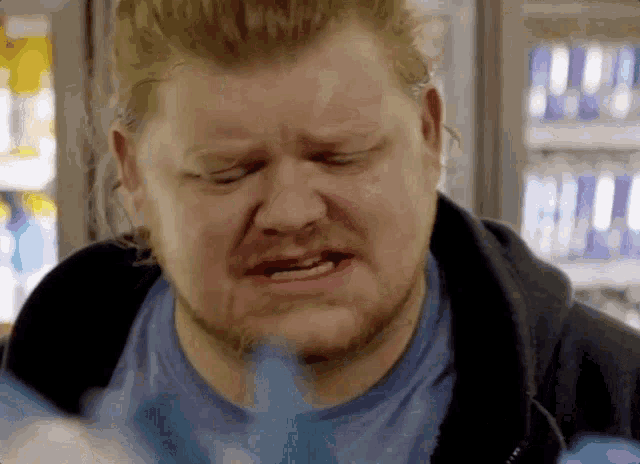
What to consider when choosing a new self-storage facility
When looking for a self-storage facility, it’s important to consider a few key considerations.
Accessibility, security, pricing, availability, location, and reviews are all important aspects to consider to find the best fit for your needs.
Making sure the facility is safe and secure.
It has the right amenities of utmost importance, but don’t forget to check for 24-hour access, weekend availability, locks, video monitoring, and security gates.
Also, don’t forget to ask for specials and online discounts and check for current and former customer reviews.
Lastly, it’s important to note that storage units are for storing your belongings, not housing humans or animals.
Communicating with the facility can help avoid potential issues, as the staff is concerned about everyone’s safety and security.
Considering all these factors can help you find the perfect self-storage facility.
1. Location
When choosing a self-storage facility, it is important to consider the location because it can affect the price and convenience of accessing your unit.
For example, a storage unit closer to a city may be more expensive and more convenient, but if you don’t need to access your items often, a further out facility may be a better option.
Additionally, some facilities may not offer 24-hour or weekend availability, making accessing your items when needed most difficult.
Finally, researching customer reviews of the facility can help you determine if it is a secure, reliable place to store your goods.
2. Security
Security is an essential factor to consider when renting a self-storage unit.
Making sure that your items are safe and secure is important, as a storage unit can be a target for thieves.
Some self-storage services offer 24-hour access and weekend availability, as well as locks, video monitoring, in-person surveillance, and security gates or doors to ensure the safety of your belongings.
Additionally, reviews from current and former customers should be considered to ensure the facility is secure.
Finally, no one should live in a storage unit as it violates the lease and can lead to dangerous situations.
Therefore, ensuring that the storage unit you rent has the necessary security measures to protect your belongings is important.
3. Size
Renting a storage unit is an important decision, and size is one of the most important considerations.
Size requirements vary, so it is important to check with the store manager of the storage facility for information on what size is necessary for your items.
Packing your items more efficiently may mean you can rent a smaller storage unit, which can save on costs.
Stacking items, disassembling bulky furniture, filling dressers, leaving an aisle, and accessing security features like locks, video monitoring, and security gates or doors can all help you maximize the space and ensure your items are safe.
Knowing these tips and understanding the facility’s pricing, availability, location, and reviews can help you make the best decision and get the most bang for your buck.
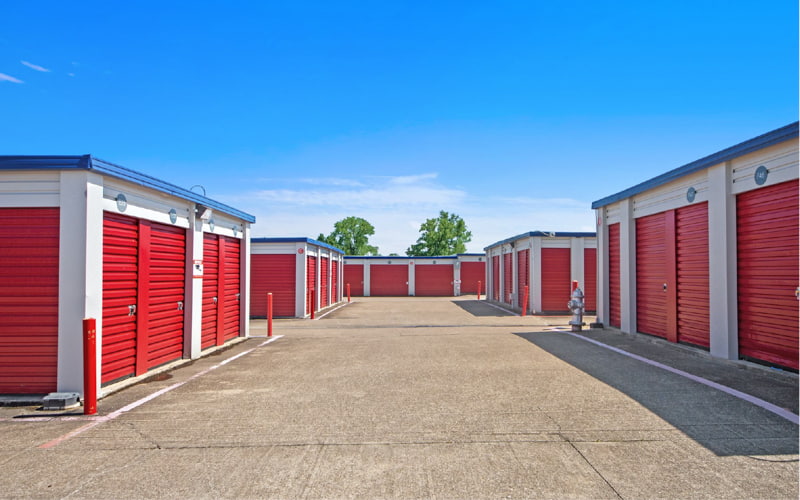
4. Accessibility
Accessibility is an important factor to consider when looking for a storage unit.
Having 24-hour access and weekend availability ensures you can access your belongings quickly and easily.
This is especially important if you need to access your storage unit regularly or need to access it urgently in an emergency.
Additionally, having a secure and reliable storage facility with locks, video monitoring, and in-person surveillance is essential for protecting your items from theft or damage.
5. Price
It is important to check the prices of storage units before committing because the price can vary based on the size of the unit, how long it’s being rented for, and availability.
The location also plays a factor, as a facility closer to a city may be more expensive.
Look for online discounts or special offers to get the best value for your money.
Additionally, it’s important to check customer reviews to ensure the facility is secure and well-managed.
6. Safety
Safety is an important factor to consider when renting a storage unit.
Not only could you become trapped inside the unit if you lived in it, but extreme temperatures and lack of running water, lighting, and electrical outlets could also be dangerous to your health.
Security measures such as locks, video monitoring, in-person surveillance, and security gates or doors protect your priceless items.
Ensuring the facility you rent is safe and secure will ensure your possessions and yourself stay safe and out of harm’s way.
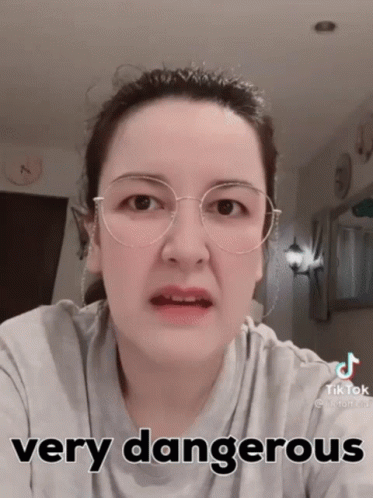
10 dangers of living in a rental storage unit
Living in a rental storage unit may seem attractive in a pinch, but it can be a dangerous and even illegal decision.
Many health and safety concerns come with living in a storage unit for an extended period.
The dangers of living in a storage unit are numerous and can be potentially life-threatening, from extreme temperatures to a lack of running water and electricity.
This article will outline the ten main dangers of living in a rental storage unit so potential renters can decide before taking the plunge.
1. Lack of privacy
Living in a rental storage unit can be lonely and isolating, with little to no privacy.
Even if the unit offers climate control, there is still limited to no access to a bathroom, running water, or electricity—all of which are essential for maintaining cleanliness and personal health.
Furthermore, the lack of natural light and cramped quarters can lead to claustrophobia and psychological distress.
Most storage units don’t offer 24/7 access, so if you plan on staying inside, you’ll have to plan your days around entering and exiting the property.
You might also be limited to hanging out during business hours with strict rules on remaining perfectly silent.
The most concerning aspect of living in a storage unit is its potential health and safety risks.
Without running water, doing basic things like washing dishes or going to the bathroom is impossible, making the unit unlivable for extended periods.
Getting mail, getting a job, or even signing up for a bank account without a permanent address is also very difficult.
Though some people may attempt to call a storage unit home, it’s ultimately an unsafe and uncomfortable living situation.
2. Poor quality living conditions
The poor quality living conditions of a rental storage unit include the following:
- lack of running water
- lack of natural light due to no windows
- limited electricity
- extreme temperatures due to metal construction
- psychological effects of living in a cramped and enclosed space
- reduced air quality due to everyday activities
- the risk of health and safety concerns
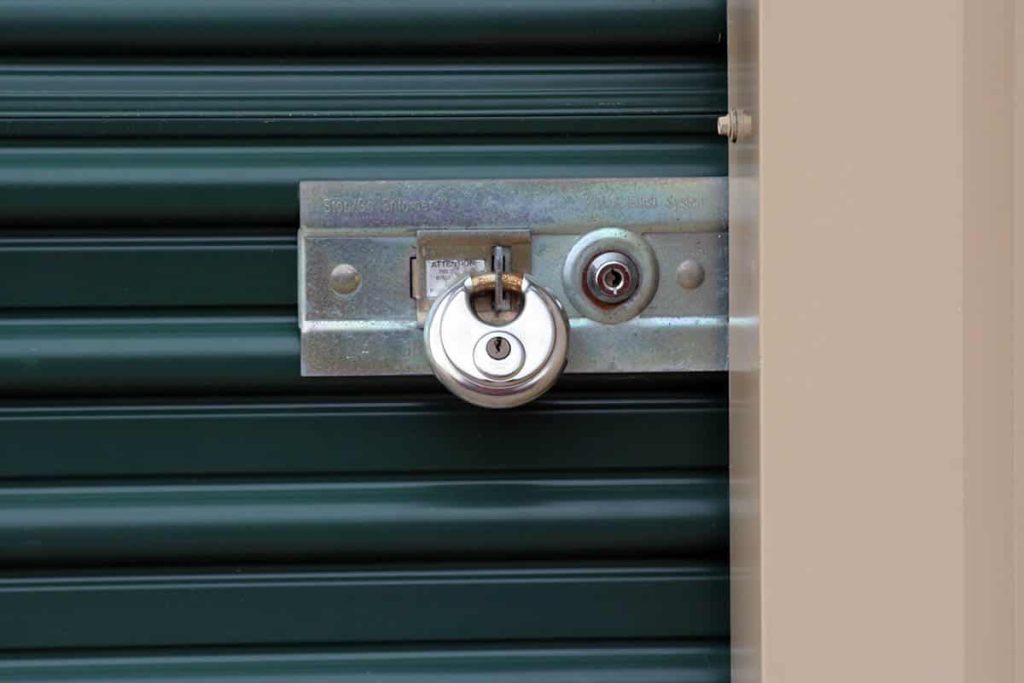
3. Lack of safety and security
Living in a storage unit is not secure for various reasons.
Firstly, storage units are not designed to house people and are usually not climate or temperature controlled, making them susceptible to extreme temperatures, which could be dangerous to people over an extended period.
Furthermore, they lack basic amenities such as running water, plumbing, lighting, and electrical outlets, making them unsuitable for living.
Additionally, it is a hazardous situation for other renters at the facility, as they may perceive a threat from the presence of a live-in tenant.
Finally, living in a storage unit is illegal in most states because storage facilities are commercially zoned and not meant for residential use.
4. Exposure to hazardous materials
Hazardous materials that should not be stored in rental storage units include the following:
- flammable items, such as gas, lighter fluid, and fireworks
- hazardous materials, such as paints, thinners, and oils
- food or items that attract pests
- chemicals found in cleaning supplies
5. Lack of proper ventilation and air quality
The lack of proper ventilation and air quality when living in a storage unit can have serious consequences on the health and safety of its inhabitants.
Without proper ventilation, toxic air can become trapped, leading to an increased risk of respiratory and other health problems, such as asthma and allergies.
Furthermore, the lack of natural light, combined with the metal walls of the units, causes extreme heat or cold, making it difficult to maintain a comfortable temperature and leading to claustrophobia.
Finally, the lack of running water and sanitation means keeping the living environment clean and hygienic is impossible, presenting a serious health hazard.
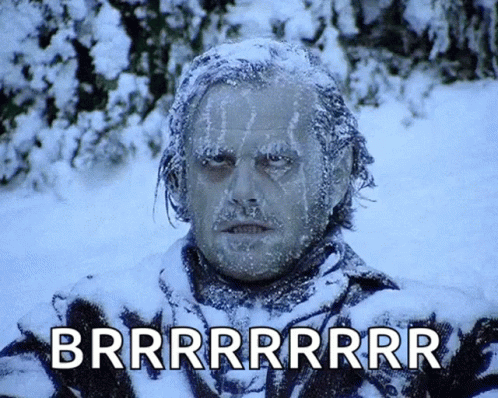
6. Lack of adequate heating and cooling
Living in a rental storage unit can be difficult and uncomfortable due to inadequate heating and cooling.
Without insulation and suitable ventilation, it can become extremely hot in the summer and very cold in the winter.
This can cause psychological effects such as claustrophobia and a lack of natural light.
Additionally, air quality can be reduced without proper ventilation, and toxic air can accumulate.
Maintaining a comfortable temperature and humidity without windows to provide ventilation and electricity can be difficult.
This also creates a fire hazard if an extension cord is used, and items such as clothing and furniture can be damaged due to extreme temperatures and humidity.
Climate-controlled storage units are recommended to prevent mold and mildew and to protect items from extreme temperatures and humidity.
7. Lack of kitchen facilities
The primary disadvantage of not having kitchen facilities in storage units is that it creates a serious fire hazard.
Without running water, using a hot plate or grill in a storage unit is not safe.
Additionally, living in a storage unit with no running water or access to regular sanitation can lead to very dirty living conditions and attract pests.
Not having a kitchen also means you cannot wash dishes or use the bathroom in the storage unit, which can be inconvenient and uncomfortable.
Finally, having perishables in your storage unit can lead to bugs infesting the facility and causing damage to other people’s belongings.
8. Exposure to pests and vermin
Some of the dangers of living in a rental storage unit caused by pests and vermin include the risk of infestation and contamination of stored items, the spread of diseases and illness, increased risk of fires due to electrical wire damage caused by pests, and bites and stings resulting in the need for medical treatment.
In addition, the presence of pests can lead to psychological distress, such as anxiety and depression, as well as an increased risk of being evicted from the property due to the violation of local housing laws.
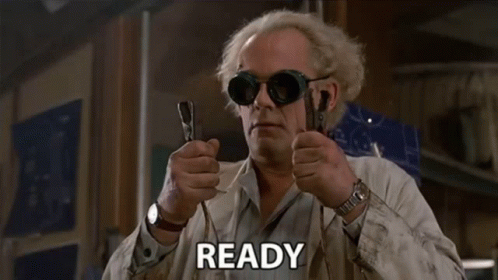
9. Unsafe levels of electrical energy
The unsafe levels of electrical energy in a rental storage unit are any levels that could cause a fire or a shock.
Examples include using an extension cord from an appliance to the hallway, installing an electricity or heat storage tank, and connecting multiple storage devices to a single power outlet.
These all pose a fire hazard, as they are not designed for use in a storage unit.
Additionally, connecting too many devices to one outlet can cause an overload and the risk of electric shock.
Labeling fuses and circuit breakers are essential, as using protective plugs and socket caps and displaying warning signs around the unit to avoid this.
10. High cost of living in a storage unit
Living in a storage unit can be significantly cheaper than renting an apartment.
For example, if you live in California and pay $2,500 a month for a one-bedroom apartment, moving to a 10×10 storage unit (about the size of an extra room) could save you about $2,300.
However, you must consider the other costs of living in a storage unit.
Temperature-controlled storage units usually don’t cost more than their non-climate-controlled counterparts.
- The Clutter Hoarding Scale: Assessing the Severity of Your Problem - October 28, 2022
- Self-Storage Facilities FAQ – Answers to the most common questions about storage units - December 2, 2021
- Home Storage: The Perks and Hidden Risks of Storing Things at Home - November 11, 2021

